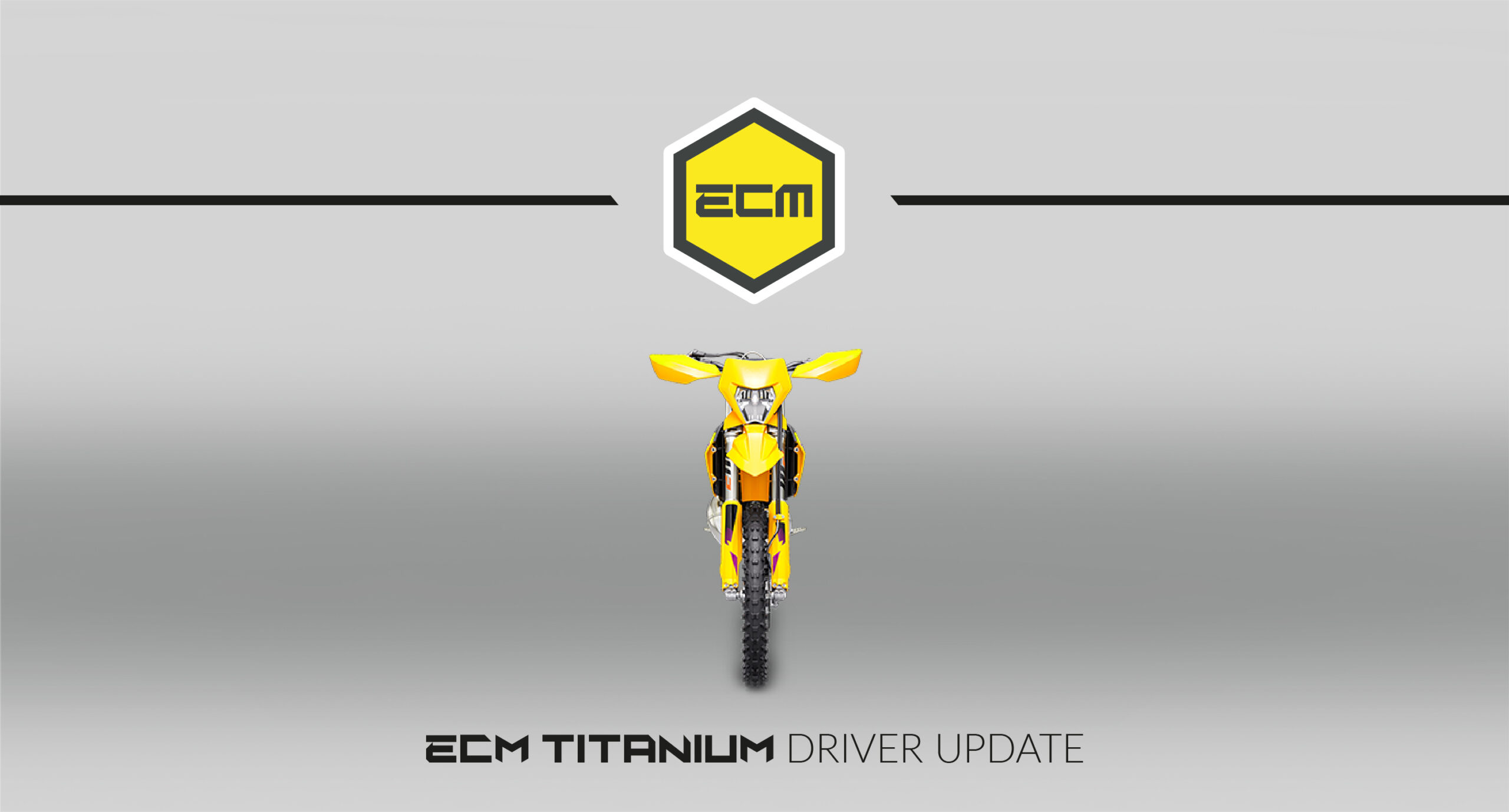
Read and write via OBD the Bosch DCU17PC43 ECUs equipped on several last gen Ford engines.
Work for tuning and repair purposes thanks to the newly supported protocol.

The Alientech team that deals with the Drivers update focused on the Bosch EDC17C84 equipped on Renault and Nissan. Find out what you can get thanks to ECM Titanium and the updated maps that you will find in the Drivers!
The ECUs involved are:
In addition to the standard maps useful to significantly increase the performance of these ECUs, we present some specific maps, which will lead you to even better results.
Any examples?
NISSAN
OPEL
RENAULT
DACIA
Dacia Dokker 1.5 DCi 90cv
FIAT
Fiat Talento 1.6 MJT 90cv e 1.6 MJT 145cv

The map manages the torque calculation that the ECU performs for the purposes of gearbox and engine protection.
By bringing it to 0, this function is inhibited to prevent the car from going into recovery due to the greater quantity of diesel injected and the torque delivered.

The map manages the maximum protection threshold for the exhaust components (DPF, Catalyst, manifolds, generally takes the data from the temperature sensors present upstream of the DPF).
By increasing the injected diesel and thus slightly enriching the carburetion, you are in a condition in which the exhaust temperatures increase. Consequently, it is necessary to increase this value in order to prevent the car from going into recovery due to excessive temperature.

These are torque corrections that the control unit makes based on certain conditions or values detected by the sensors. In the specific case of the maps in the driver, we have a torque correction based on the temperature of the intake air and one based on the absolute pressure detected by the APS sensor.
Why does the control unit adopt these corrections? In the case of the correction based on the intake air, the control unit reduces the torque delivered and consequently the diesel injected in order to limit the engine in order to cool the intake air. The latter, if it is at too high temperatures, is much less dense and rich in oxygen and consequently tends to reduce combustion efficiency. In addition to this, it also has the task of cooling the cylinder head.
In the case of the correction based on the absolute pressure detected by the APS sensor, this again serves to keep the engine injection parameters under control: depending on the atmospheric pressure, for the same fuel injected I will have a richer or leaner mixture depending on whether the pressure is lower or higher.

On these ECUs there is a management of the maximum power delivered by the engine. This is a calculation made by the control unit based on various factors (torque delivered, diesel injected, etc.).
It’s an important map in order to obtain a good result in the mapping phase.

In the next few weeks, Drivers update on Bosch MED17.5.21 and MED17.5.25 equipped on VAG Group vehicles. Any examples?
MED17.5.21
AUDI
SEAT
SKODA
VOLKSWAGEN
MED17.5.25
AUDI
SEAT
SKODA
VOLKSWAGEN

Work for tuning and repair purposes thanks to the newly supported protocol.

Intervene for tuning and repair on the supported new motorcycles and ATVs.

Even more possibilities for modification and customization are available for KTM, Husqvarna and GasGas motorbikes.

Offer a comprehensive service to your customers thanks to new protocols for KESS3.

Expand your workshop’s capabilities in the heavy-duty vehicle field with KESS3.

Even more possibilities for modification and customisation are available for KTM, Husqvarna, GasGas, Triumph and Suzuki motorbikes.